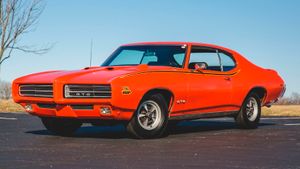Celebrate the last weekend in March with these rides.
The classic and collector car market is a fantastically diverse tapestry of vehicles from every breed and era. Delving into the classifieds reveals some real gems waiting to find a new home with both enthusiasts and serious collectors alike. Every week we’ll be highlighting the top cars in need of a new home that caught our eye.
911 Turbo Has Only 10k Miles
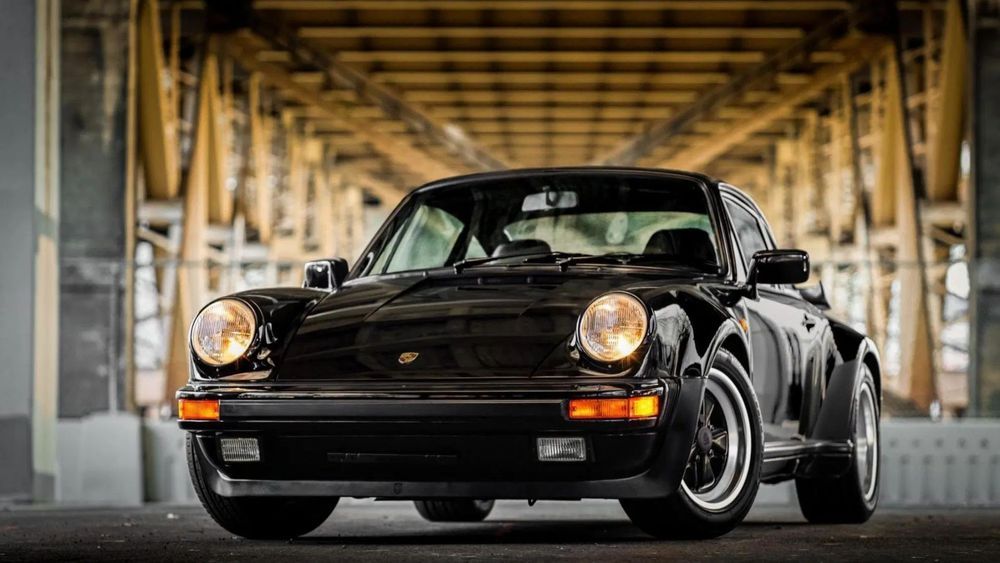
Making its debut in 1975 as a turbocharged 3.0-liter variant of Porsche’s most popular model, the 911 Turbo featured a wider more muscular body and a larger spoiler designed to increase handling at higher speeds. An update in 1978 brought a new more powerful turbo charged engine and a redesigned spoiler specifically made to accommodate the car’s new intercooler. Now more powerful than ever, the 911 Turbo made 300-horsepower and lacked the turbo lag associated with previous years.
One Of A Kind 1969 Plymouth Road Runner Is Begging To Be Driven
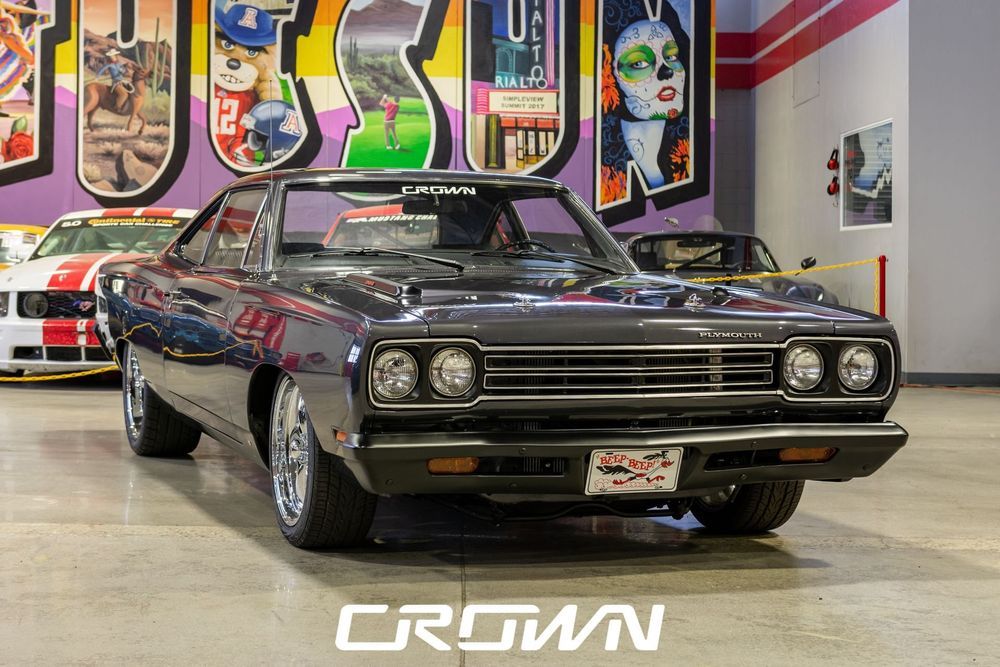
Finished in Graphite Gray accented with the perfect balance of black and chrome, this Road Runner is riding on a set of brightly polished wheels. Under the hood is a specially built 383-cid V8 engine fitted with a performance cam and topped with a Holley 750 carburetor. Power is sent to the rear wheels through a 4-speed manual transmission leading into a 3.90:1 geared posi-traction rear end. Other performance upgrades include a set of ceramic coated headers, a new high-torque starter, power disc brakes complete with a line lock, and power steering.
This 2013 Chevy Camaro ZL1 Is More Like A Supercar Than A Pony Car
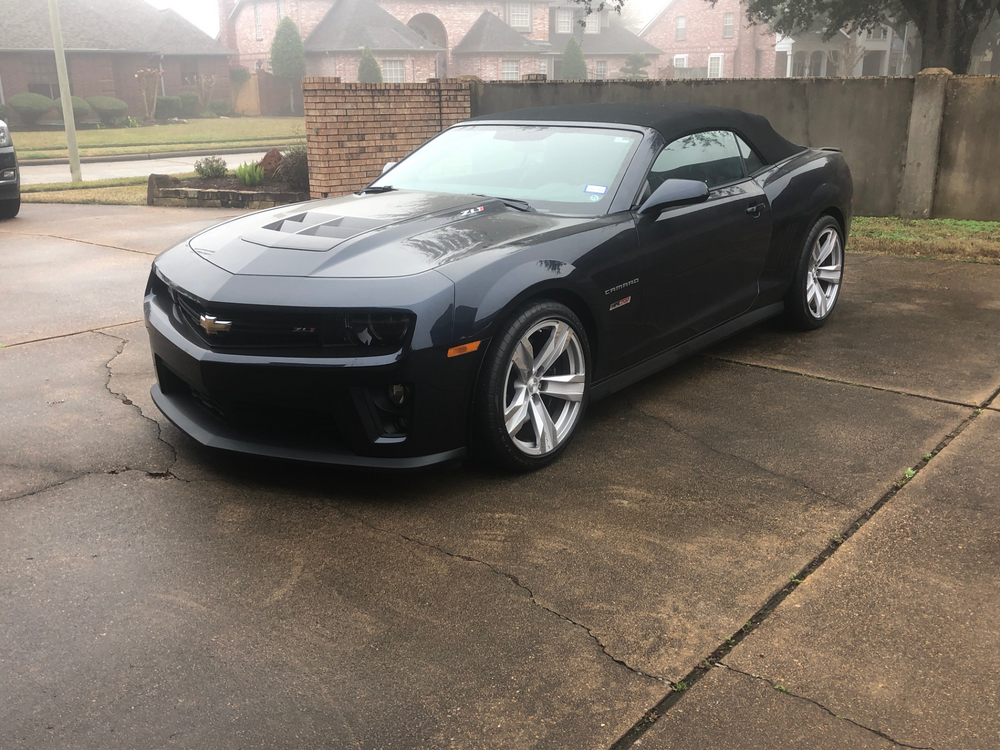
Proving to be the most capable Camaro made up to that point a ZL1 completed a lap of the Nürburgring in 7:41.27. This put the new Camaro on par with cars such as the Porsche 911 Turbo S and Mercedes SLS AMG, immediately catching enthusiast’s attention. Powered by a 6.2-liter supercharged LSA V8 engine paired with either a beefy six-speed manual or a 6L90 3-mode automatic transmission, the ZL1 also featured an upgraded suspension system capable of adjusting damping rates up to 1000-times per minute.
Thirty Years Of Barn Storage Is Long Enough For These Ford And Mercury Classics
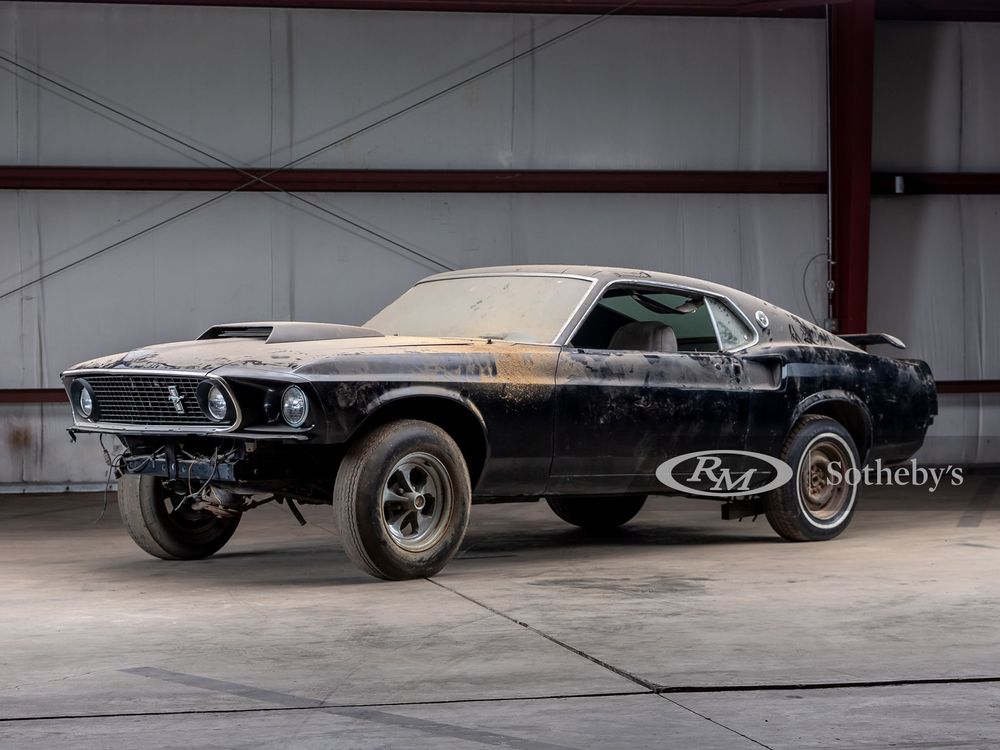
Besides a set of free-flowing cylinder heads, an aluminum high-rise intake manifold, a 735-CFM Holley carburetor, 11.0:1 compression ratio, header-style exhaust manifolds, and a beefy four-bolt main block, the all new 429-cid V8 also had a super large footprint that Ford’s 1969 Mustang was not equipped to handle. Because of the modification required all Boss 429s were sent off to Kar Kraft, of Brighton, Michigan to receive their new power plant. This Raven Black over black interior example, serial number KK-1356, rolled through the Kar Kraft factory on February 21, 1969.
Pontiac Trans Am: The Unexpected Victor Of The Pony Cars
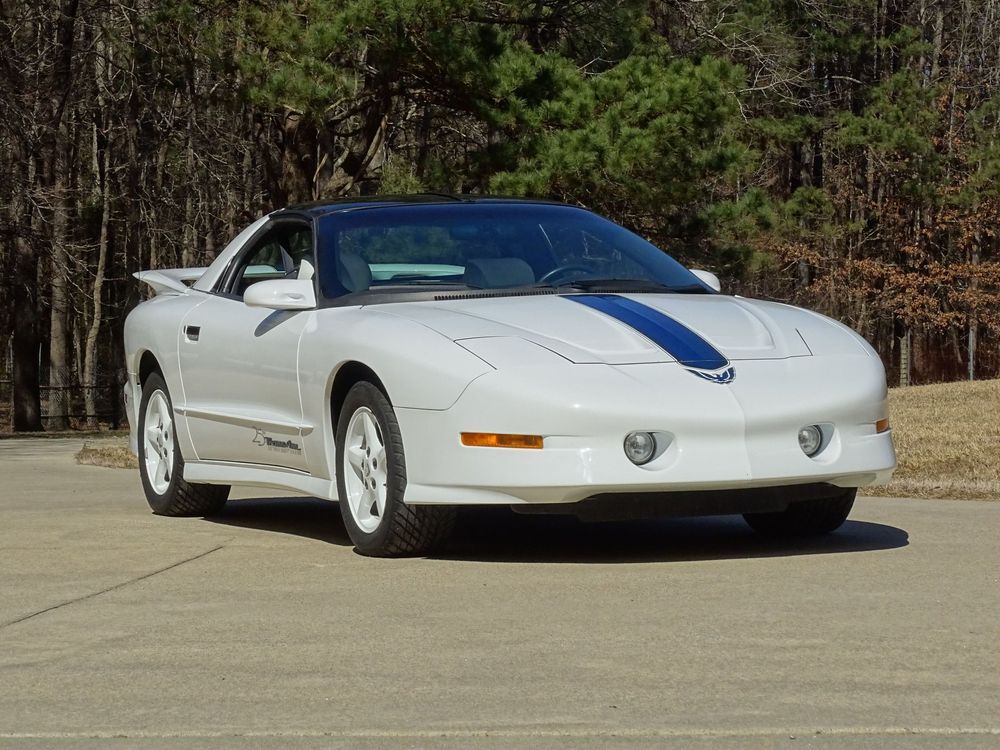
While in later model years the lines between the Firebird and Camaro did become a bit blurred, in the beginning the two only shared a chassis and a drive to conquer the pony car market. Like with so many cars of the time, the racetrack was a major tool of promotion and by 1969 Pontiac had plans for a 5.0-liter engine that would qualify the car in the SCCA Trans Am Series race. Unfortunately, the engine never made its way into any of the production cars and the Firebird never qualified but an iconic name was born along with an epic color scheme.
1958 FC-150: Willys Ultimate Utility Truck
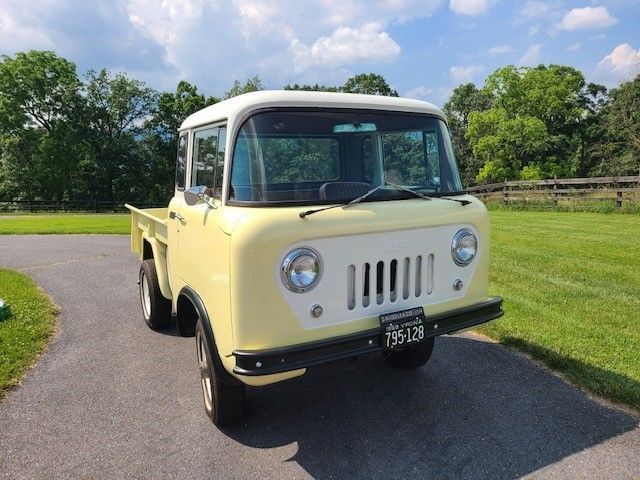
Willys Motors is best known for the Willys Jeep, a design which served the US military from the 1940s to the 1980’s. It’s rugged, go-anywhere ability quickly gained the trust and affection of the GIs and garnered the attention of the public, which led to a civilian version that inspired the Jeep Wrangler securing Willys place in history and the future. However, Willys Motors made more than just the Jeep. In fact, they made all kinds of utility vehicles.
This 1955 Chevy Gets An Even More Unique Color Scheme
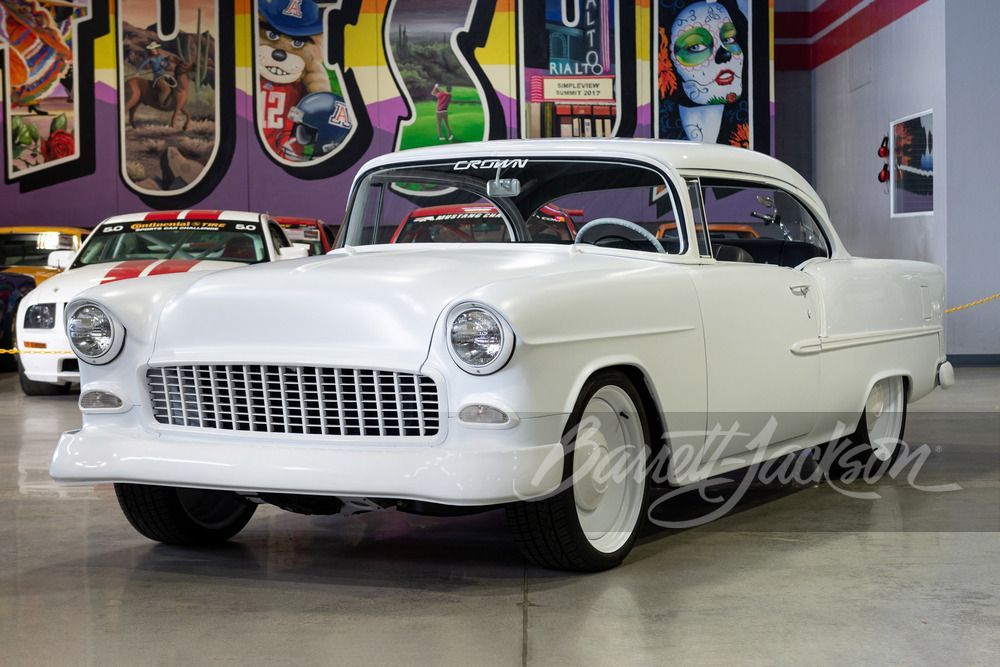
Chevrolet tapped into something real special with the Tri-Fives. Available in a multitude of trims, starting with a base that made the 1955-1958 Chevys one of the most affordable cars of the era and continuing on to a higher-end option that debuted the company's first small block V8. This got the attention of both the economical buyer as well as the hot rodder who quickly learned how easy it was to modify the new Chevy engine into making some real power.
1963 Split-Window Big-Tank Big Brake Z06 Corvette: One The World’s Most Coveted Cars
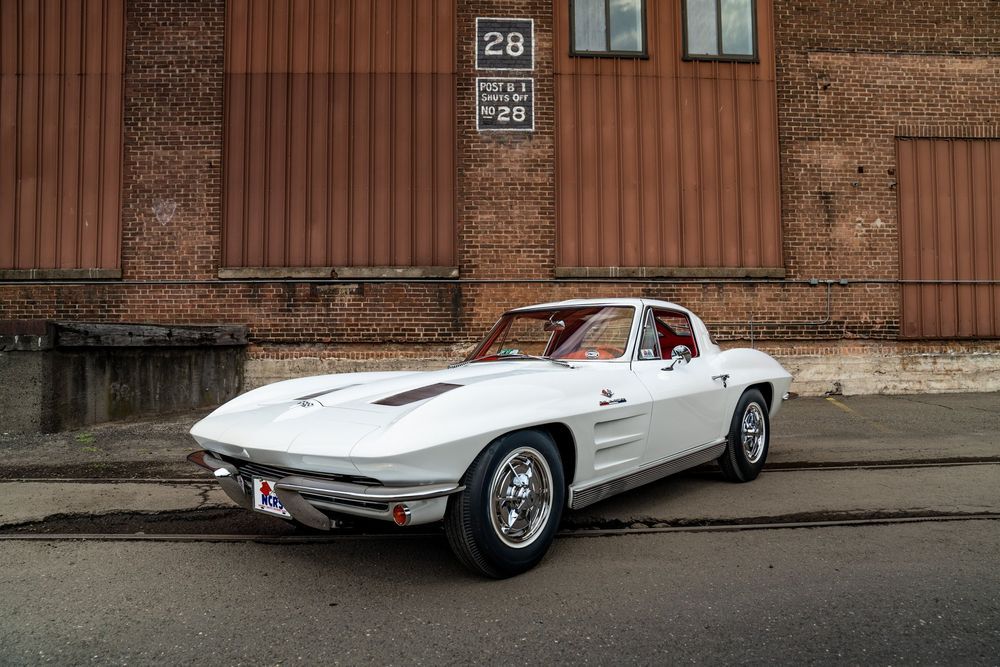
Starting with the most reliably powerful engine option for the 1963 year model, the Z06 came equipped with the 360-horsepower 327-cid fuel-injected engine. Translating that power to the pavement, an all new F40 heavy duty suspension paired with heavy duty power brakes built with cooling fins kept the car planted and under control.
A Super Collectible Mustang Without A Well-Known Name
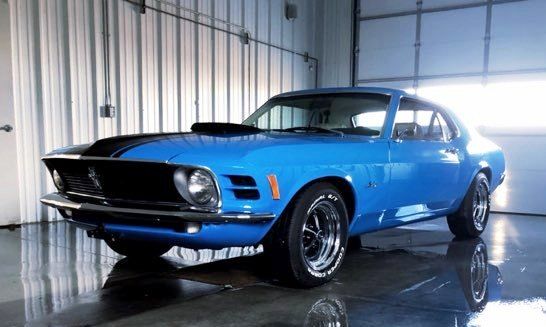
In a fight for the title of the best selling car throughout the muscle car era, the Ford Mustangs styling peaked in 1969. At the same time, sales dropped below 300,000 units for the first time in four years which signaled trouble was ahead for the pony car. With the thought that maybe the styling was just too much, Ford scaled back on the aggressive look for the Mustang but the trend was unwavered and sales continued to drop. This paired with an overabundance of options made this model year a highly collectible one.
F-150 Lightning: Something Different For America’s Car Meets
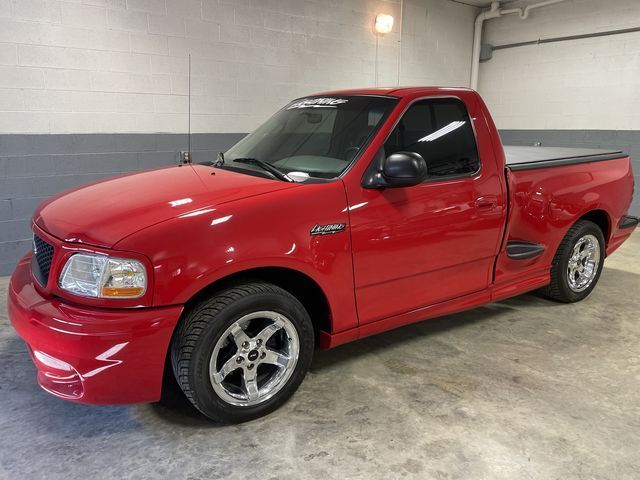
The car meets of the late 1990s and early 2000s were filled with what would become the beginning of the move towards the next muscle car era. Lots filled with Camaro’s, Mustangs, and the great late Firebird’s were the norm and rarely did anyone show up in anything different. An Occasional classic would show up every now and then showing the American car community at least a little bit of diversity but one of the most unique sightings came in the form of a truck.
1970 Plymouth Road Runner Signed By Richard Petty
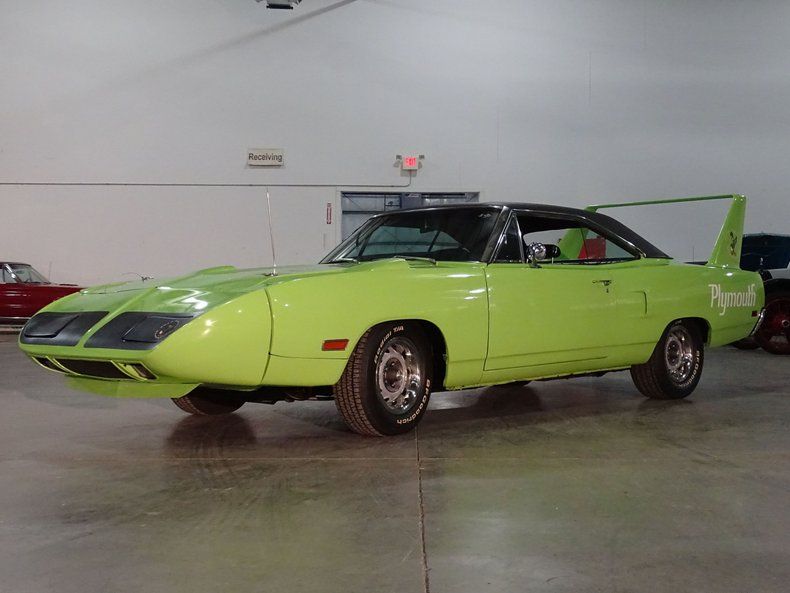
The Dodge Charger 500 was just the beginning. After a failure of the limited production Mopar that was meant to put the Ford in the rear-view, Dodge then modified the 500 with an aero package that was just as epic on the track as off. The pointed nose cone, pop up headlights and 23-inch wing of the Dodge Charger Daytona was a true attention-getter in every sense of the expression and would go on to become the first car to hit 200-mph on the NASCAR track.






